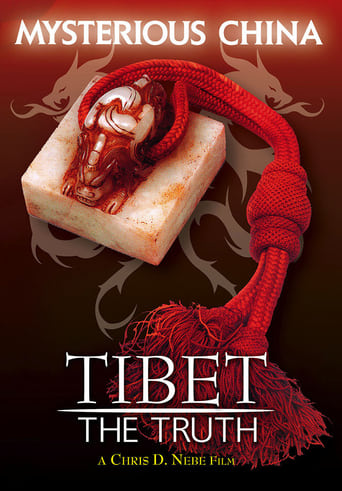
20 Sep 2013

Tibet - The Truth
The accumulated history of Tibet and other issues contributing to the current situation in the region as it relates to China.

A representation of queer and feminist imagery that was mainly shot in the Qinghai-Tibetan Plateau, remote and developing areas in southwest China, and metropolitan cities like Beijing from 2000 to 2004 to document the social changes in contemporary China. The director sympathetically and erotically represents a variety of women, including women as laborers, women as prayers, women in the ground, women in marriage, and women who lie on the funeral pyre with their dead husbands. Her camera juxtaposes the mountains and rivers in old times, the commercialized handicrafts as exposition, the capital exploitation of the elders’ living space, and the erotic freedom of the young people in a changing city.

20 Sep 2013

The accumulated history of Tibet and other issues contributing to the current situation in the region as it relates to China.
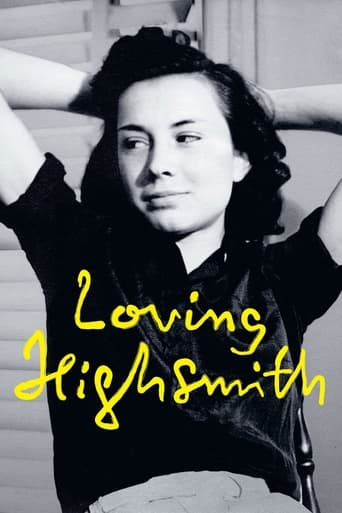
07 Apr 2022

The story of the life, loves and work of US writer Patricia Highsmith (1921-95), told through her unpublished diaries, her own voice and that of those who knew her, both family and close friends.
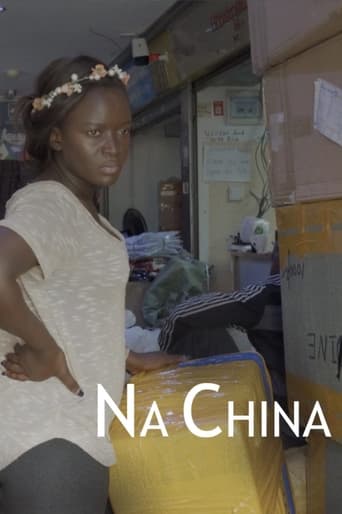
25 Apr 2020

The implantation of African traders in Guangzhou is a recent phenomenon, on which Marie Voignier reports through her interlinking portraits of Jackie, Julie, Shanny who have come to set up their business on site. Amidst the monstrous accumulation of merchandise on the endless markets of the megacity, the film follows these African businesswomen grappling with the globalised Chinese economy.
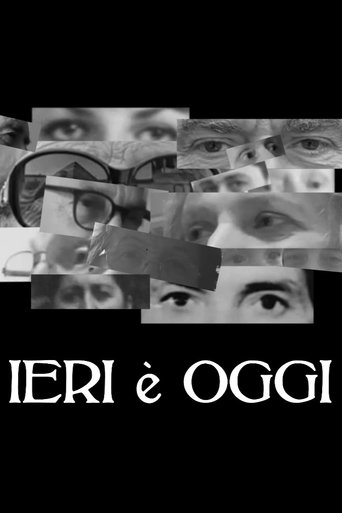
04 Jun 2025

No overview found

24 Apr 2024

Many of us experience sexual desires in many different shapes and forms, yet there continues to be a certain stigma about expressing them openly. Adult worker, Andy Lee, and his co-workers share their own insightful and interesting perspectives on the adult industry in a bid to inspire people to open up to each other, and to further shed some light on the frequently misunderstood adult industry.
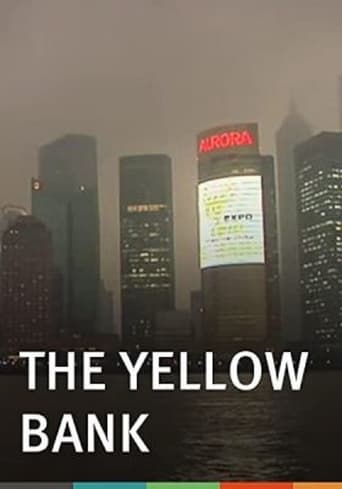
30 Sep 2010

A short documentary that captures the longest total solar eclipse of the 21st century, The Yellow Bank takes you on a contemplative boat ride across the Huangpu River in Shanghai, China. Filmmaker J.P. Sniadecki, who lived and worked in Shanghai nine years earlier, uses the eclipse as a catalyst to explore the way weather, light, and sound affect the urban architectural environment during this extremely rare phenomenon.
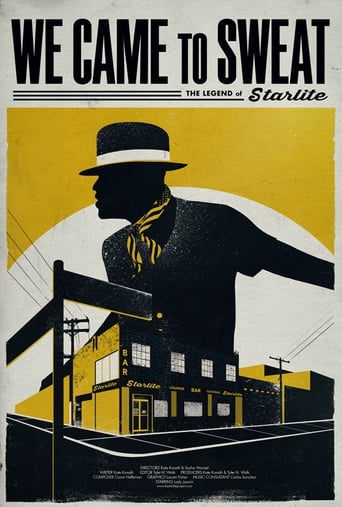
01 Jan 2014

Facing eviction the oldest black-owned gay bar in Brooklyn relies on a passionate community in its fight for survival.

01 Nov 2024

The extraordinary story of a world-renowned patent attorney in Sugar Land, Texas who, at 57, came out as a trans woman and is now navigating LGBTQ+ issues and fighting for trans rights in the vortex of Texas conservatism, as she and her family challenge the idea of what modern love looks like.
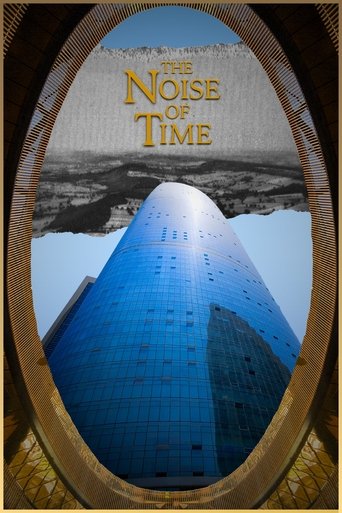
27 Jun 2024

In the town of Xoco, the spirit of an old villager awakens in search of its lost home. Along its journey, the ghost discovers that the town still celebrates its most important festivities, but also learns that the construction of a new commercial complex called Mítikah will threaten the existence of both the traditions and the town itself.
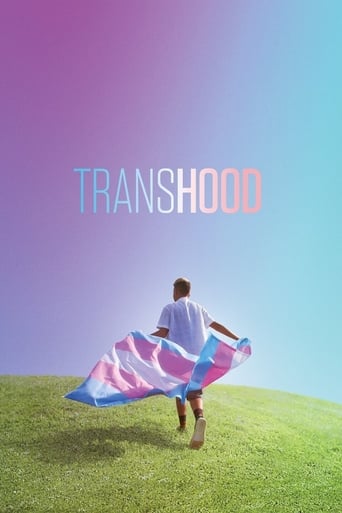
28 May 2020

Filmed over five years in Kansas City, this documentary follows four transgender kids – beginning at ages 4, 7, 12, and 15 – as they redefine “coming of age.” These kids and their families show us the intimate realities of how gender is re-shaping the family next door in a unique and unprecedented chronicle of growing up transgender in the heartland.
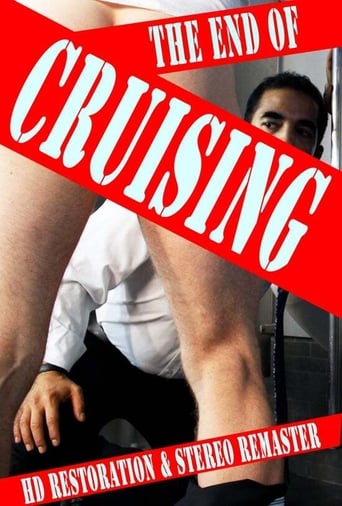
25 Oct 2013

A documentary about gay male cruising and public sex and how it has changed over the years.

17 Nov 2014

Candid interviews with transgender youths like 10 year old Isabelle Langley take us into the world of young people who feel like their true gender is not their biological one. Like Isabelle, they are coming out to their families and friends and demanding to be accepted for who they are.
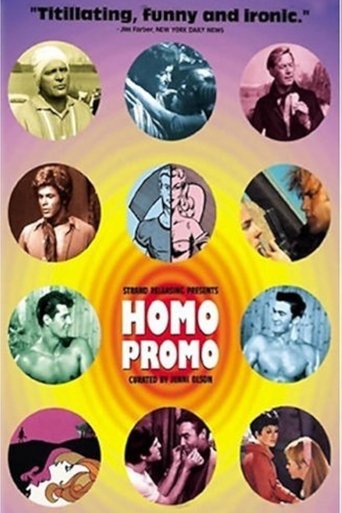

This spectacular showcase of vintage movie trailers offers a crash course in lesbian, gay, bi and transgender (LGBT) movie history and a colorful look at nearly every major mainstream queer-themed film produced between 1953 and 1977! Archivist Jenni Olson is one of the world’s leading experts on LGBT film history — curated from her private collection of rare original 35mm coming attractions trailers, Homo Promo has entertained audiences at LGBT film festivals around the world offering a campy cavalcade of coming attractions. Please note: The condition of these original 35mm archival prints varies — enjoy the wear and tear and rest assured that they have now all been donated to the Outfest/UCLA Legacy Project for LGBT Film Preservation where they are now being properly cared for.
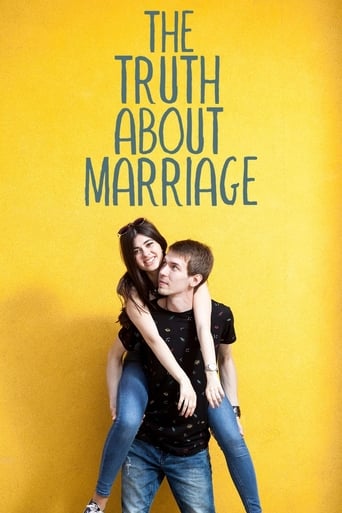
14 Feb 2020

This documentary follows three couples to see how things turned out several years after their weddings. The film presents challenging ideas about relationships, as it answers the question: Why is marriage so difficult?
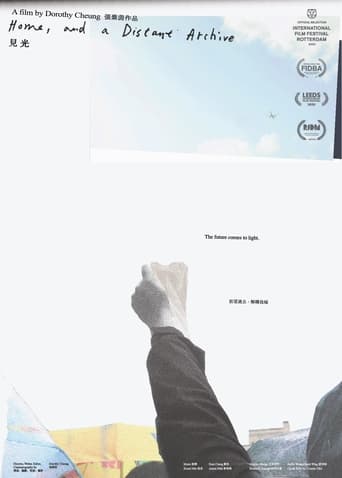
01 May 2021

A poetic, experimental portrait of four Hong Kong women in London working to digitise records of the handover agreement between the United Kingdom and China. Impressionistic and precise, personal and expansive, Cheung's elegant, eloquent work decodes history and how politics are enacted.
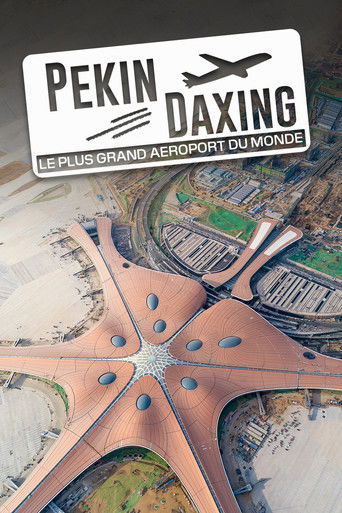
29 May 2022

September 2019. China inaugurates the largest airport terminal in the world, which covers 700,000 m2, the equivalent of 98 football pitches. Built in 5 years, it embodies the jewel of Chinese modernity but also of French know-how. Go behind the scenes of a pharaonic construction site.
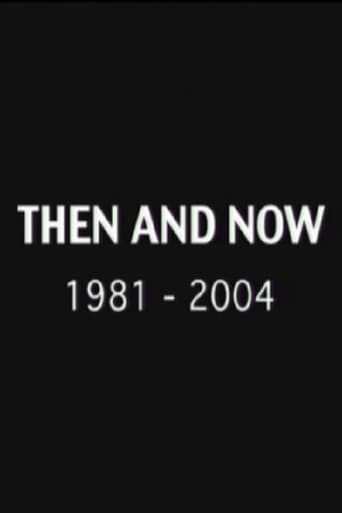
01 Jan 2004

A short film mostly comprised of two sources: research footage from 1988 about the beginnings of the HIV epidemic from the perspective of medical professionals, and an interview with Cleve Jones in 2003 as he looks back upon his activism, and the state of the HIV/AIDS epidemic in the early 2000s.
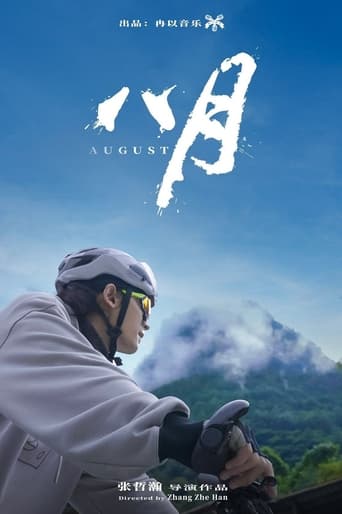
14 Apr 2024

The documentary marks the directorial debut of Chinese actor Zhang Zhehan, it documents his deeply personal journey of self-healing in the aftermath of a devastating cyber media storm in August 2021 that abruptly halted his acting career.

01 Jan 2012

Check Your Body At The Door is a documentary film about some remarkable underground house dancers in NYC during the golden decade of the 1990s. It follows master free-stylists into the clubs, their jobs, and their everyday lives. Filmed in the studio as well, the dancers’ virtuosic moves are brilliantly revealed in silhouette or light pools. In their words they describe the importance of clubbing, why they dance, how they dance, and what it means.

15 Jul 2019

No overview found